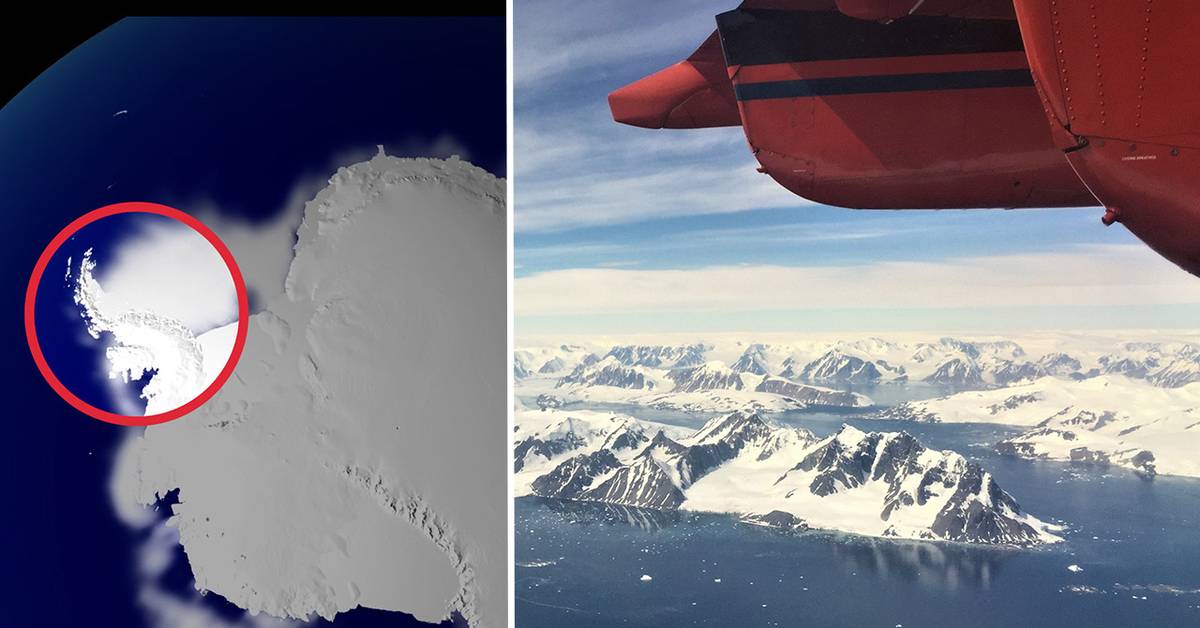The United Nations Climate Panel stated in 2021 that if the global average temperature increases by two to three degrees, the entire West Antarctic ice pack risks melting in the long term, with sea level rise as a result. The fastest melting is occurring in the Antarctic Peninsula, the part of West Antarctica that refers to South America.
New observations by the European Space Agency’s radar satellite, Sentinel, over the period 2014 to 2021 now reveal that glaciers on the peninsula are sliding faster toward the sea in the summer. This was shown by British and Dutch researchers in a study i Natural Earth Sciences.
– When the temperature rises above zero, the surface of the glacier melts. An intricate system of tiny channels in the ice, Ian Brown says, drives water to the bottom of the glacier, causing it to slide into the sea.
Sea level rise is seven centimeters
These processes are causing more than 100 large glaciers on the Antarctic Peninsula to melt faster than previously expected. If all the ice on the entire Antarctic Peninsula melted, it could cause global sea levels to rise by seven centimeters. Hence the contribution of splash water from the rest of West Antarctica is not included.
Seven centimeters is too much. It will be especially noticeable in connection with storms. Communities must prepare for sea level rise to protect infrastructure and homes.

“Falls down a lot. Internet fanatic. Proud analyst. Creator. Wannabe music lover. Introvert. Tv aficionado.”




More Stories
Heavy mechanical shears fell on the stock exchange – posing a new danger the world
A German politician was accused of using the Nazi slogan
Biden's minister was acquitted in the accusation